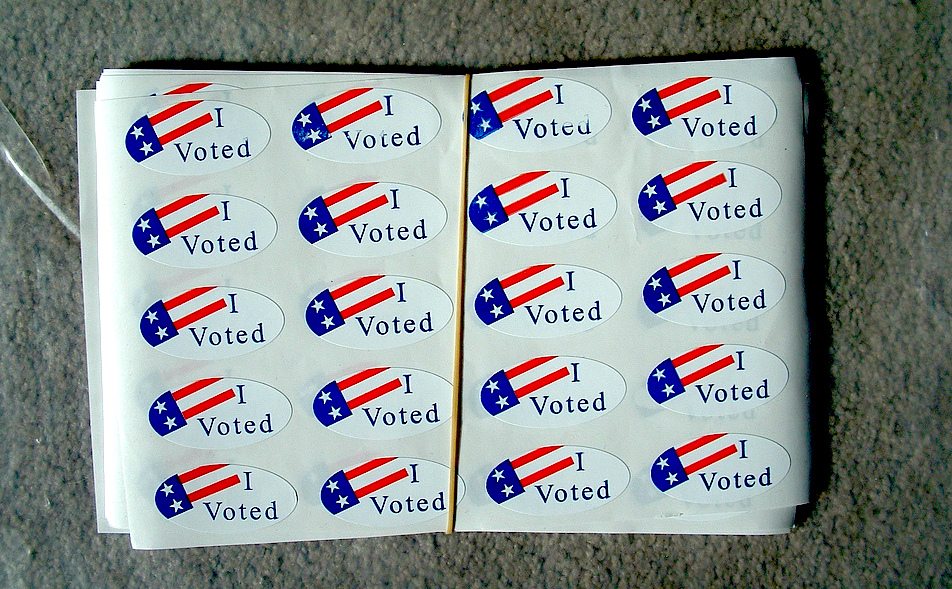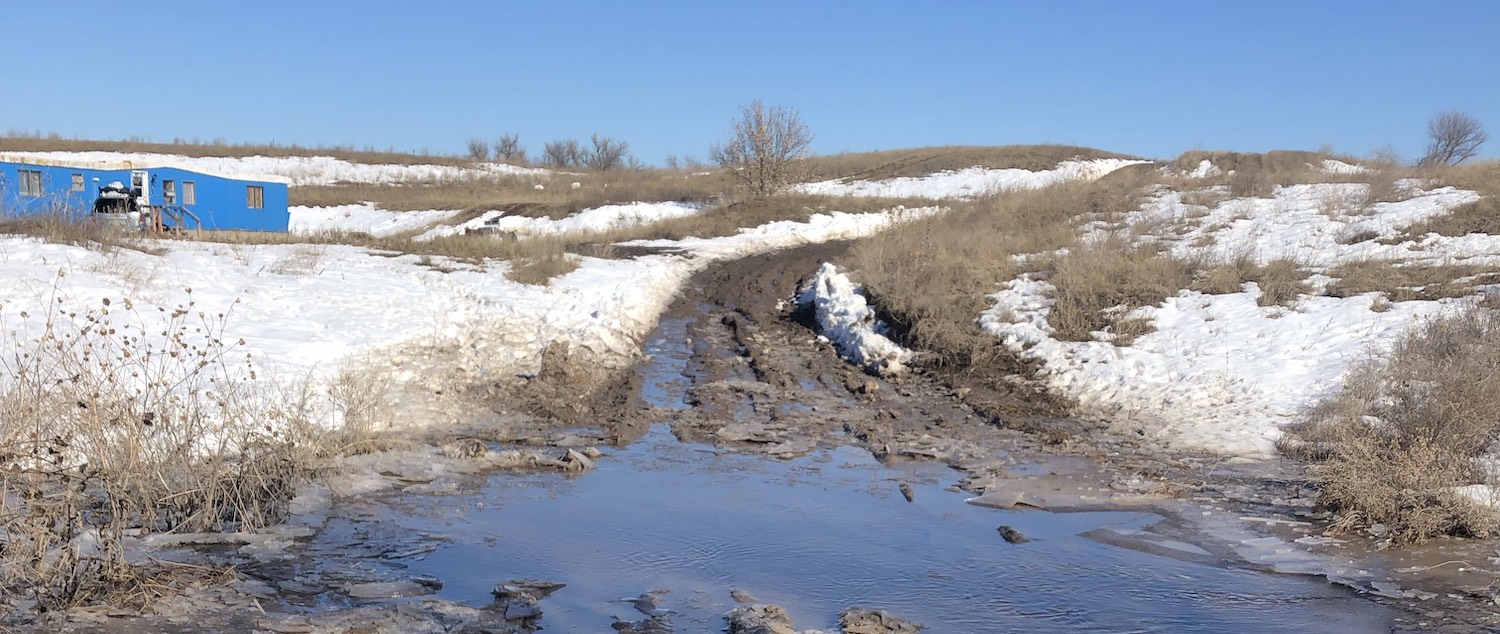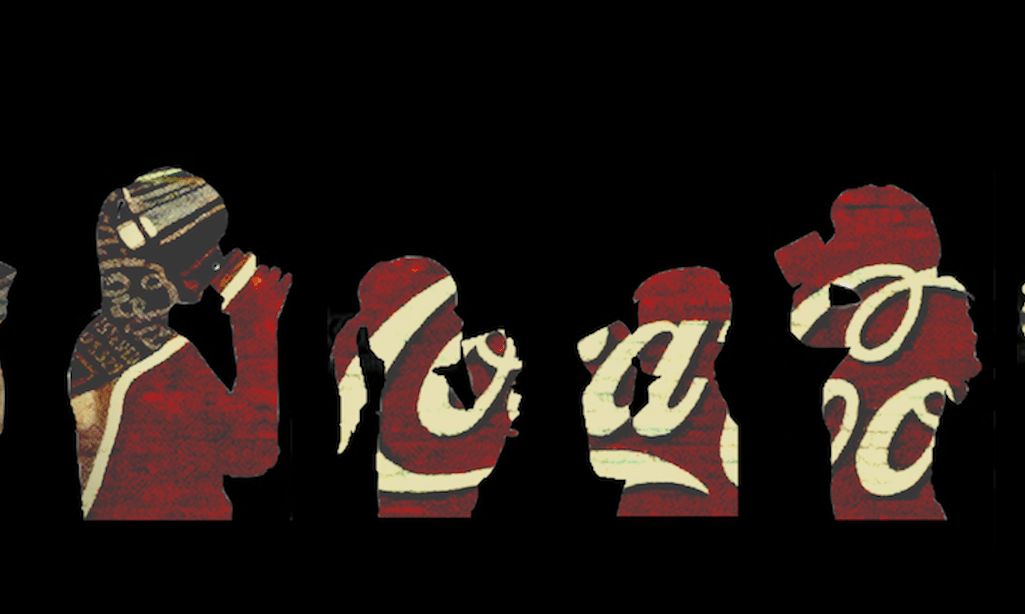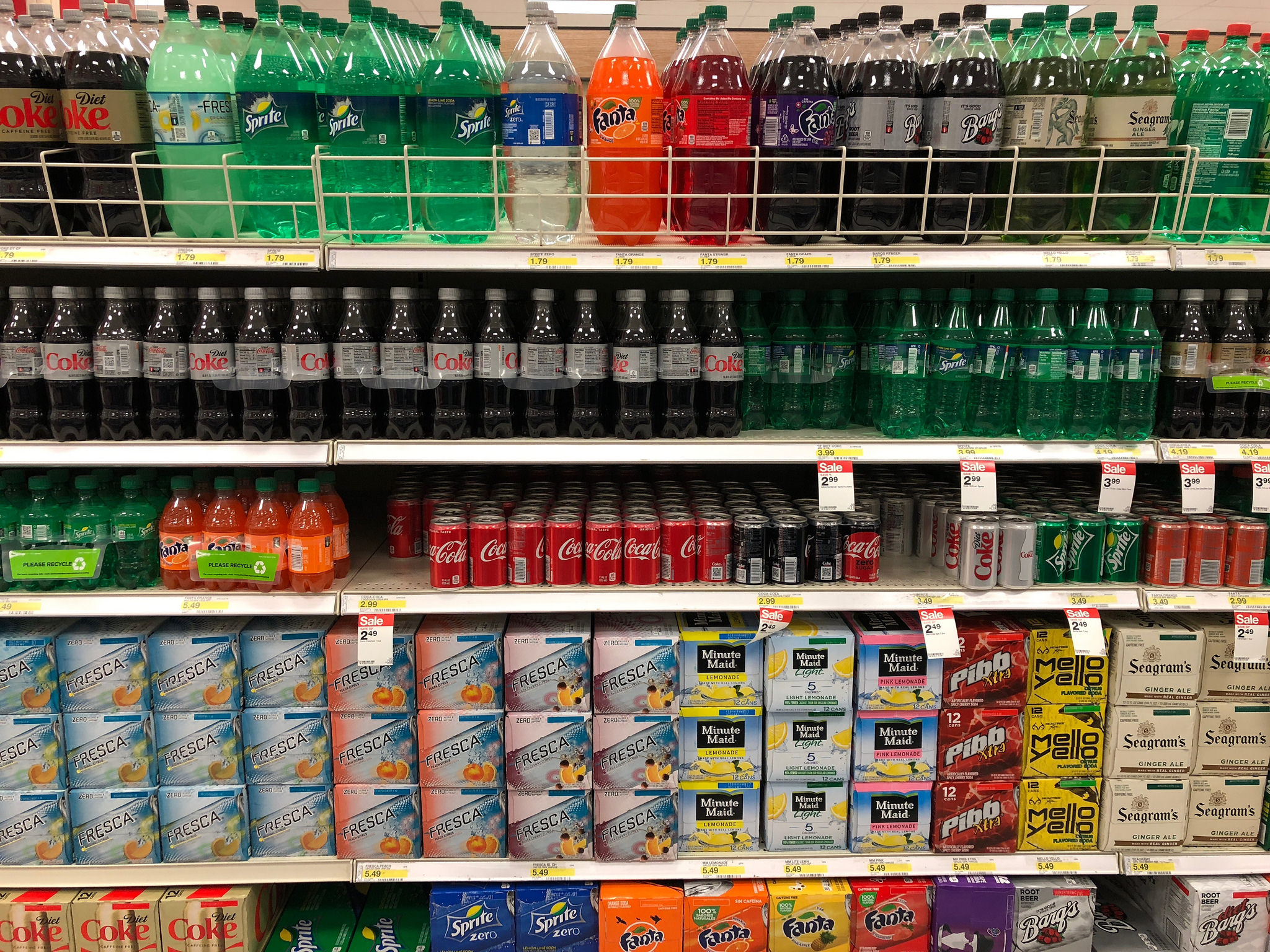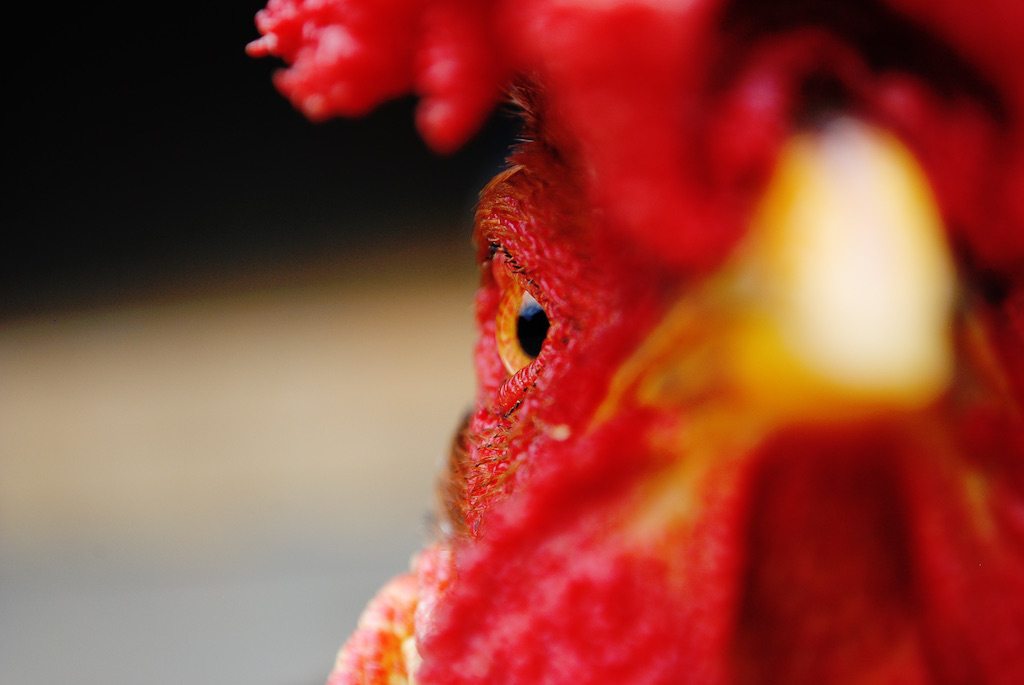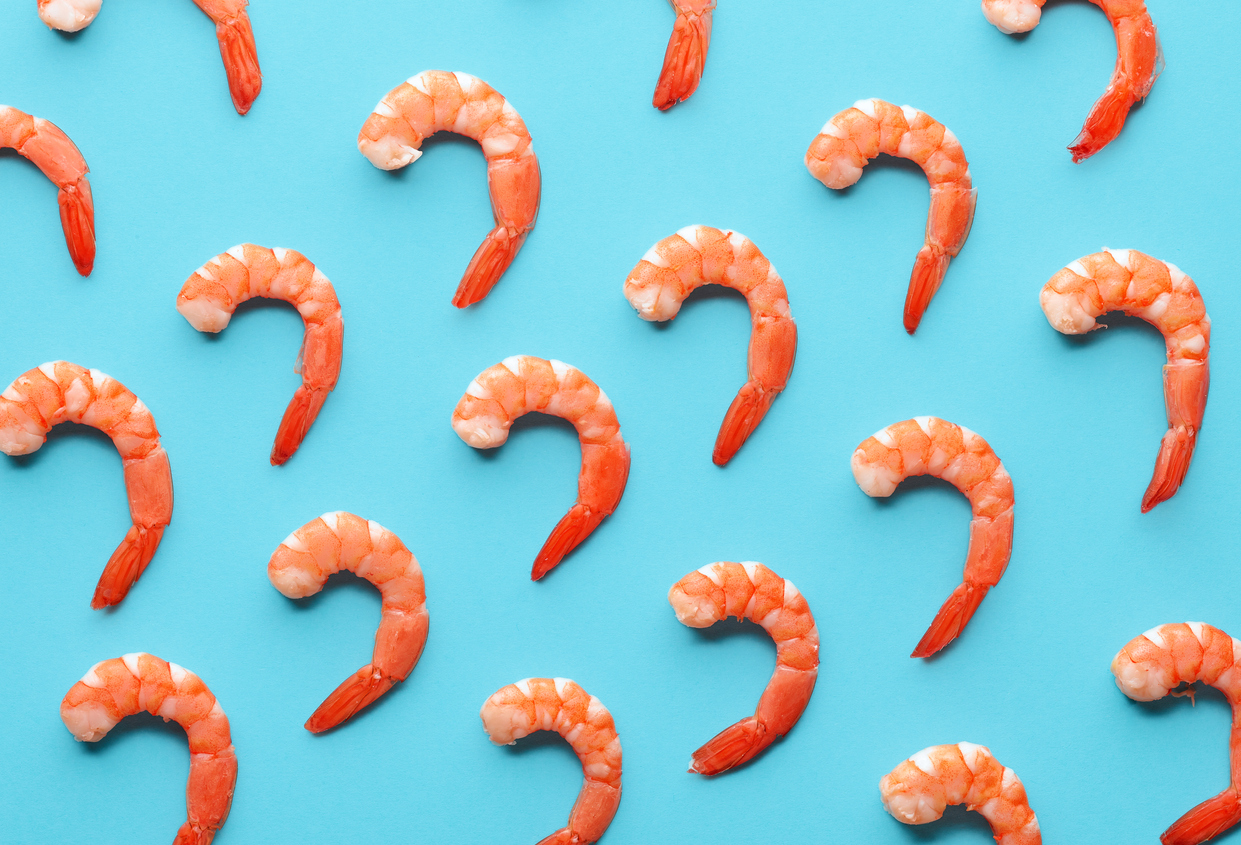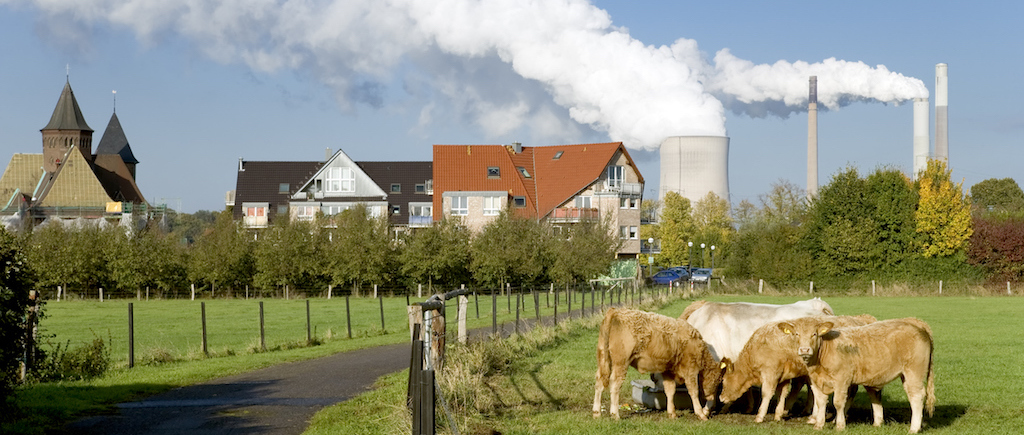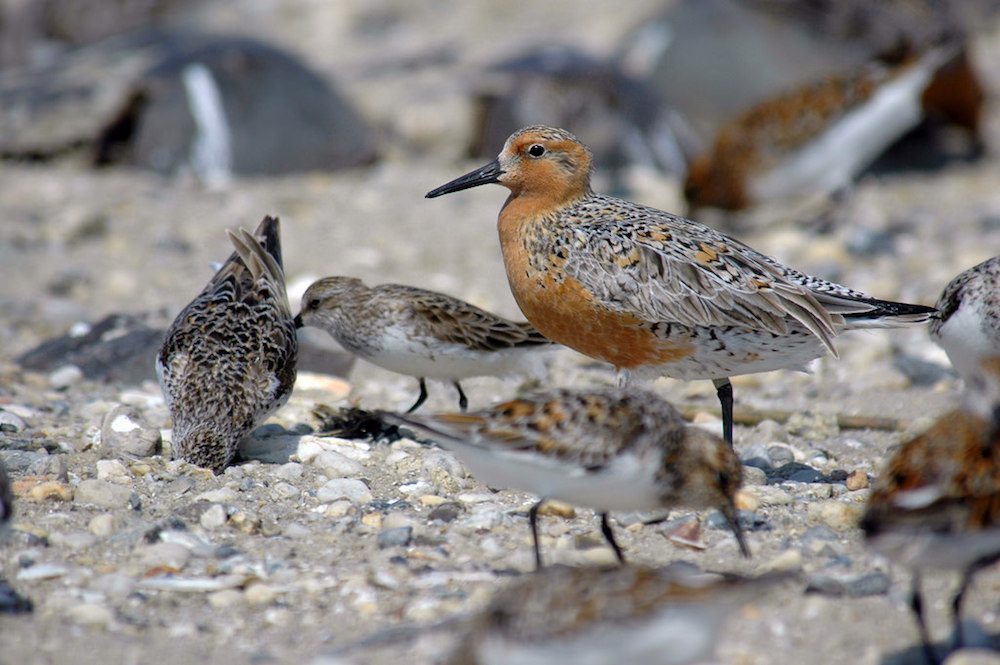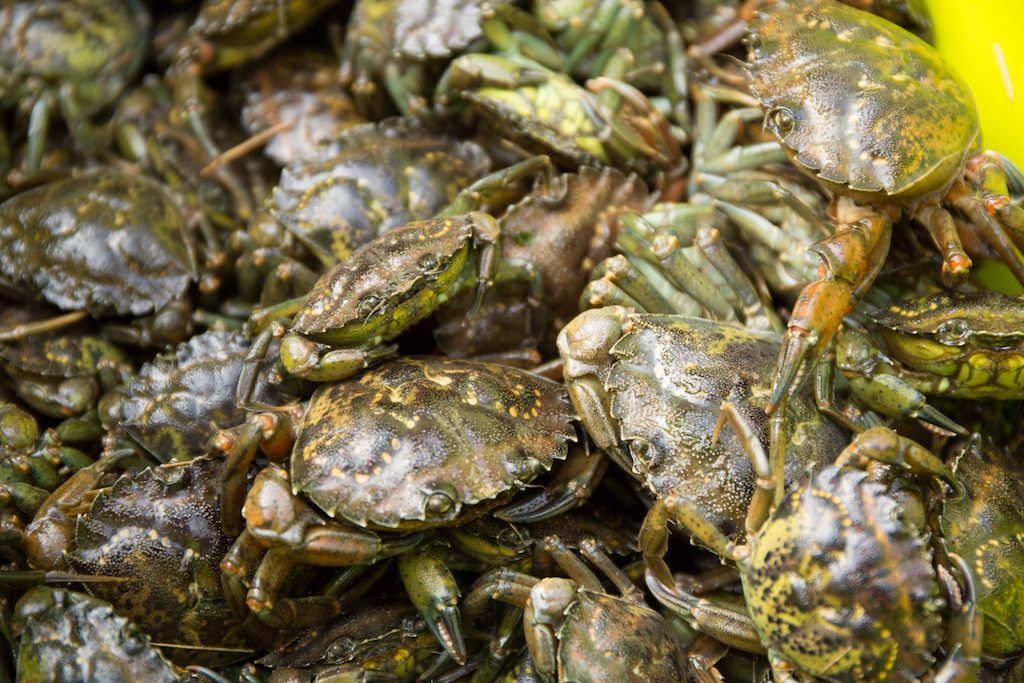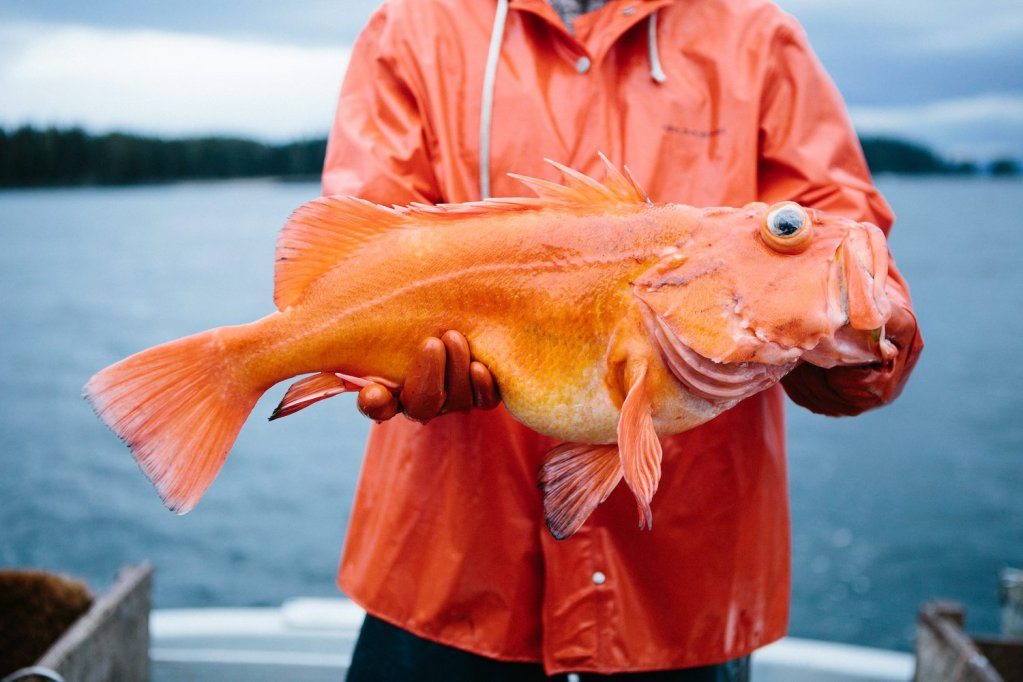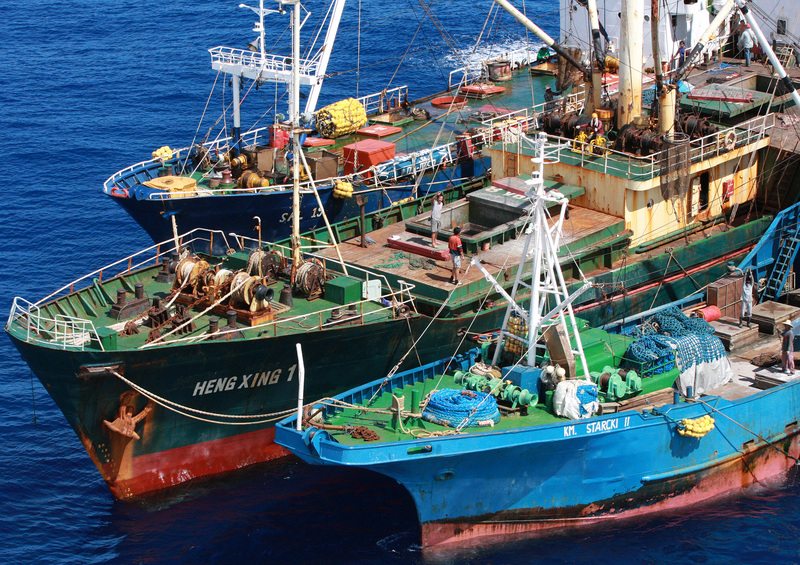
Shannon Service / Greenpeace
Americans eat a lot of fish. In 2015, annual consumption rose from 14.6 to 15.5 pounds per person, the largest jump in decades—one that put the U.S. second in the world in terms of seafood consumption, right behind China and before Japan. The demand appears to driven, at least in part, by seafood’s wholesome image: U.S. dietary guidelines recommend 8 to 10 ounces a week, and nutritionists increasingly point out the nutritional importance of the omega-3 fatty acids that fish offer in abundance. At the same time, some Americans are eating less meat out of concerns about animal welfare, and fish—which lack the developed neocortexes of cows, pigs, and chickens—may feel like a more enlightened, humane choice.
But time and time again, investigations break with disheartening news: too often, the seafood we eat is not quite what it seems.
Seafood fraud takes many different forms. In some cases, consumers might be getting less fish— or a completely different species—than what they think they’re buying. In other cases, they might unwittingly buy product caught by fishermen who violate domestic or international fishing laws, using destructive fishing practices on critically imperiled species, or in protected areas. Illegal fishing is a major burden on the world’s dwindling fish stocks, 85% of which are fished to their biological limit. It can take money away from law-abiding fishers by flooding the market with cheap product. And it tends to go hand in hand with human rights abuses. Supply chain studies estimate that up to a third of the fish we buy is contraband.
At a time when seafood traceability has never been more important, one overlooked component of the global fishing trade has started to receive increased scrutiny. It’s called transshipment, which—put simply—means the transfer of fish from smaller boats to larger ‘motherships’ that carry the catch to port. These smaller, off-the-radar transactions are where supply chain transparency usually starts to become obscured—and a broad range of government agencies, corporations, and non-governmental organizations (NGOs) are starting to take a closer look.
 Alex Hofford / Greenpeace
Alex Hofford / Greenpeace Tuna is transshipped from an unregistered and unlicensed purse seine fishing vessel onto a cold storage vessel on the high seas
For one, keeping fishing boats out at sea for prolonged periods sets up conditions that can lead to human rights abuses. Thailand has become the poster child for this, especially since a high-impact Associated Press exposé in 2015 showed that Thai-caught fish consumed around the world were likely tainted by slave labor. Just last year, Greenpeace published an investigation into a group of rogue Thai fishing vessels in a remote bank in the Western Indian Ocean. The ships were crewed by trafficking victims forced to work in horrendous conditions, some of them so malnourished that they died of an arcane vitamin deficiency disease. The workers were visited only occasionally by the ‘motherships’ that came to collect the fish, which ended up in Thai factories that supply to major pet food brands like Nestlé Purina PetCare. (Nestlé banned transshipment at sea in its supply chains earlier this year.)
Transshipment is also a major entry point for illegally caught fish to slip into the supply chain. The big cargo ships that pick up the catch we eventually eat can rendezvous with many fishing boats along their way, making it possible to launder contraband catch in with legally caught fish.
Yes, those larger ships are supposed to keep logs to make this more difficult. But a lot of documentation on fish trade at sea is made on paper.
“When you only have written logbooks and captains’ statements and this is taking place on the high seas away from any effective enforcement, you can’t be certain that there wasn’t any illegal activity associated with the catch”, explains Graham Forbes, Greenpeace’s global seafood markets project leader, who worked on the Thai Union campaign.
 Alex Hofford / Greenpeace
Alex Hofford / Greenpeace A tuna transshipment in the Indian Ocean
For a long time, we’ve had little idea about the fishing activity that takes place in such remote waters. But recent technology has made it possible to catch a glimpse of what’s going on. Global Fishing Watch (GFW)—a non-profit collaboration between Google, the environmental NGO Oceana and the satellite imaging non-profit SkyTruth—has made use of data leaked by ships about their whereabouts via GPS transponders carried on board. They’ve used this to scrutinize fishing activity across the globe and to identify points where large cargo ships and fishing vessels appear to have met up with one another at sea—likely involving the transfer of fish. The results are public, so anyone can get an idea of what’s happening in our oceans. They can’t quite capture everything that happens, as only very large ships are required to carry these particular transponders. Still, it’s a start.
GFW’s recent work on transshipment has some interesting findings. It identified a Korean fishing vessel, for instance, that was out at sea for a year and four months. A lot of boats are also ‘flagged’ to countries known for lax regulation in terms of safety and labor standards, equivalent to the offshoring by companies for tax purposes, and many of them offload in ports that are known for less stringent port inspections. Finally, of about six thousand likely transshipments identified between 2012 and 2016, about 43 percent occurred in the high seas, where oversight is laxest. This pattern is particularly striking in the Pacific Ocean, where the vast majority occur in international waters.
 Katarina Zimmer
Katarina Zimmer Of nearly five thousand likely transshipments identified by Global Fishing Watch, 43 percent take place on the high seas, an especially striking pattern in the Pacific Ocean
There are in fact some rules, even on the Pacific high seas. Fishing boats that catch tuna using purse-like nets—so-called “purse-seiners”—are required to come into port to transfer any catch. But this doesn’t apply to longline fishing boats, which catch tuna on lines with baited hooks. In the West and Central Pacific Ocean they make up a fleet of around 3,000, accounting for nearly half of the world’s longline tuna fishing. They’re the ones forming the freckles on the map above.
Officially, they are discouraged from rendezvousing with carrier ships at sea unless it would be entirely ‘impracticable’ for them to operate otherwise. But a glance at the map suggests that the exception has become the norm.
It’s a general consensus that the organization responsible for setting rules and managing the majority of Pacific fish stocks isn’t doing a very good job at controlling the long-line fleet. The West and Central Pacific Fisheries Commission (WCPFC) comprises 33 member countries and participating territories that represent the ships that fish there. This includes Pacific Island countries, the powerful Asian distant-water fishing giants and the countries to which their ships are flagged, as well as the U.S. and the European Union.
Together, they’d have the capacity to turn around some worrying trends, but Francisco Blaha, an independent fisheries consultant with thirty years experience in the Pacific, pinpoints the issue: “The fisheries crisis is not a scientific crisis—it’s a management crisis.”
The commission keeps track of transshipments by requiring captains to report how much fish they’re catching and transshipping. To ensure compliance, the commission uses people tasked with the job of reporting on violations, so-called observers. However, observers are required to be on only 5 percent of the fishing fleet, so there are a lot of ships that can plunder the seas unchecked.
 Alex Hofford / Greenpeace
Alex Hofford / Greenpeace Frozen tuna in the hold of the ship ‘Heng Xing 1’ in an area of international waters near the exclusive economic zone of Indonesia
The commission is also often criticized for its own lack of transparency. It doesn’t make any detailed information public regarding transshipment, nor the actual observer reports. All we know is that 183 times last year, observers reported violations of ‘conservation and management measures’. We don’t know exactly what these were or how the cases were dealt with.
We only know that for last year, only one ship was added to the provisional blacklist. Blacklisting is the ultimate name-and-shame procedure that would ban a violator from fishing in the convention area. The commission holds annual sessions where members discuss whether violators go on the blacklist. But these meetings take place entirely behind closed doors. “What is there to be seen that is kept secret?”, asks Blaha: “If I go and steal something, nothing stops the press from publishing a picture of me. If a country steals fish, why can’t we know about it?”
 Katarina Zimmer
Katarina Zimmer Transshipment on the high seas (international waters) is one way illegally caught tuna can be laundered into the market
But there might be a more direct solution to the observer issue. Blaha puts it simply: “Today, no system should be based on paper,” he says. Electronic systems for reporting catch and observer reports are already being trialed in the Pacific. Being able to report things in real-time would help observer safety, as would on-board cameras to monitor transshipment.
Then there’s the obvious issue with actually policing the oceans. Whilst Global Fishing Watch has done truly pioneering work, there remain many ships that become ‘dark targets’ by turning their GPS transponders off, and smaller ships aren’t required to have them. Surveillance flights have routinely revealed a handful of these dark targets. To monitor and catch these ghosts, it will take cooperation on behalf of the WCPFC member countries.
 Pierre Baelen / Greenpeace
Pierre Baelen / Greenpeace Spanish purse seiner transship tuna to the reefer vessel Retriever in the port of Diego, Madagascar
Pew Charitable Trusts is one of several organizations advocating a ban on transshipment at sea until it can be ensured that it’s well regulated. But it’s perhaps unsurprising that proposals to ban high seas transshipment for the long-line fleet have generally met with dissent from the Asian countries for economic reasons. Similarly, a proposal to improve port inspections across all members failed last year because Japan vetoed it.
It’s a slow process, but Forbes hopes that the Thai Union’s transshipment ban will prod more companies towards a more sustainable direction, and that large fisheries management organizations like the WCPFC will eventually step up.
In the meantime, what fish can we eat? If we want to avoid tuna possibly tainted by fish laundering, we need to be careful with anything caught with long-line: canned albacore, as well as most fish we find at the wet counter, like ‘sashimi-grade’ bigeye, yellowfin and bluefin. That being said, with Thai Union’s ban on transshipment, Chicken of the Sea’s canned albacore is probably safer than that of the other two brands, according to Forbes. “If you’re buying albacore off Bumble Bee or Starkist, it’s likely that it was transshipped at sea and there wasn’t an adequate oversight there and you can’t be confident that they are good products,” he explains. Greenpeace recommends pole-and-line caught tuna, which has the least environmental and social impact, although it tends to be more expensive.
Things are moving forward, but there’s still a way to go. “There are never easy answers,” says Blaha. “Sustainability is a process.”

